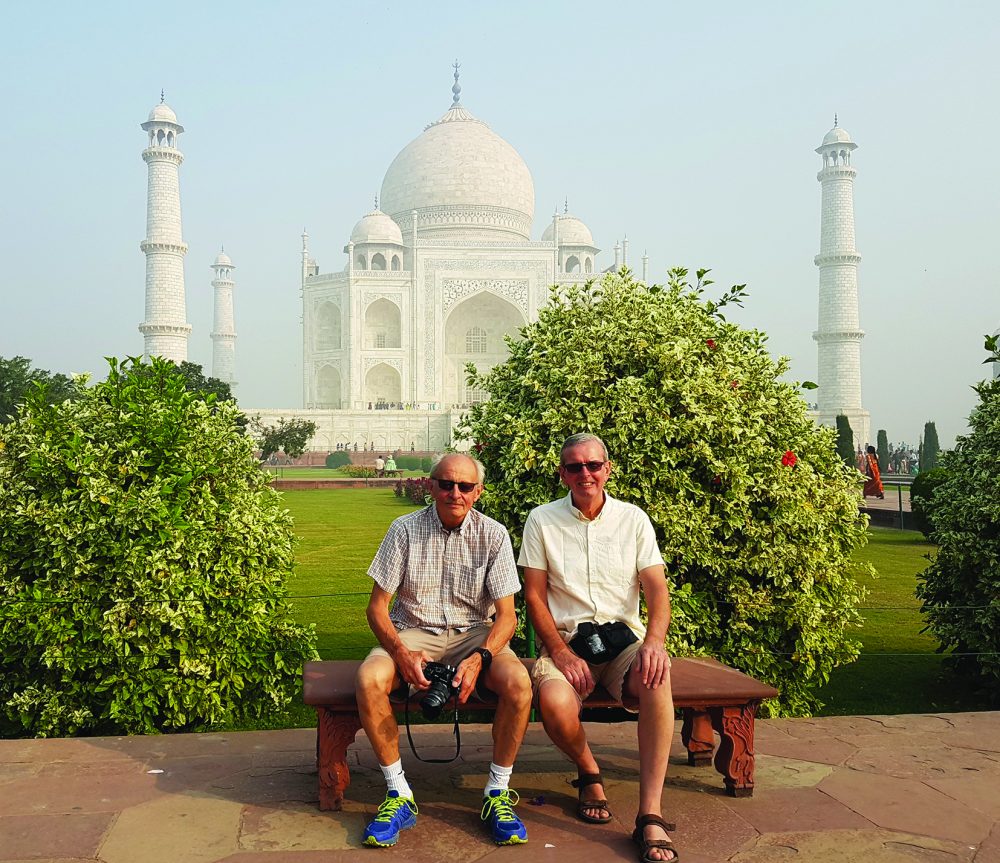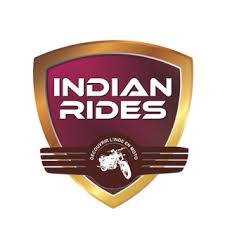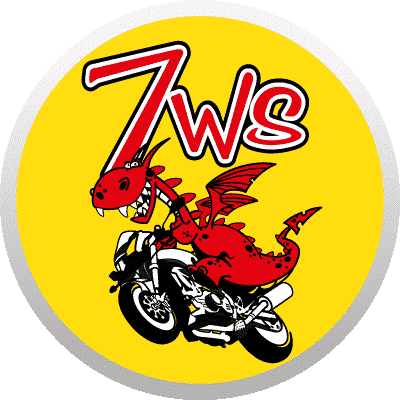The next morning our departure was delayed due to lots of local families wanting to speak English and have their photos taken with us and the bikes. Eventually we left and rode on to Jodhpur, known as the Blue City, where we had a tour of Mehrangarh Fort, one of the largest forts in India, which from a distance looks as though it is carved out of the mountain.
Then back on our Bullets, which by now felt like old friends, and a leisurely ride to Chandelao, where we found our next hotel, which was like a converted palace. This evening we had time to walk around the village, which was obviously very poor but where the locals were so friendly and welcoming.
The following morning we couldn’t wait to mount our bikes again for the next stage of the adventure. It didn’t disappoint, wiith another great mix of road types, from newly-constructed tarmac to complete off-roading going through many very poor villages where the local children would run out to wave and shout. By early afternoon we had arrived at our next hotel in Ranakpur and after an excellent lunch and a rest we had a very different mode of transport – an open top, 4×4, 8 -eater Maruti (Suzuki) Gypsies – which took us on a safari into the foothills looking for leopards.
The next day took us on real mountain roads full of hairpin bends and again the Bullets excelled themselves. We reached Udaipur and our lakeside hotel where we stayed for 2 nights and took in lots of sightseeing, some with guides and some on our own.
Leaving Udaipur we again rode lots of mountain roads then a stretch of off-roading to reach a lakeside restaurant for lunch and relaxation before pushing on to Bijaipur and a converted Maharaja’s palace, which was to be our next hotel.
Pachewar Fort was our next destination, and the mix of roads was possibly even better than any we had done so far; up and down mountains on hairpins, great open roads with linked bends, a long off-roading section then crossing the top of a dam via the service road which included negotiating a railway line without a level crossing.
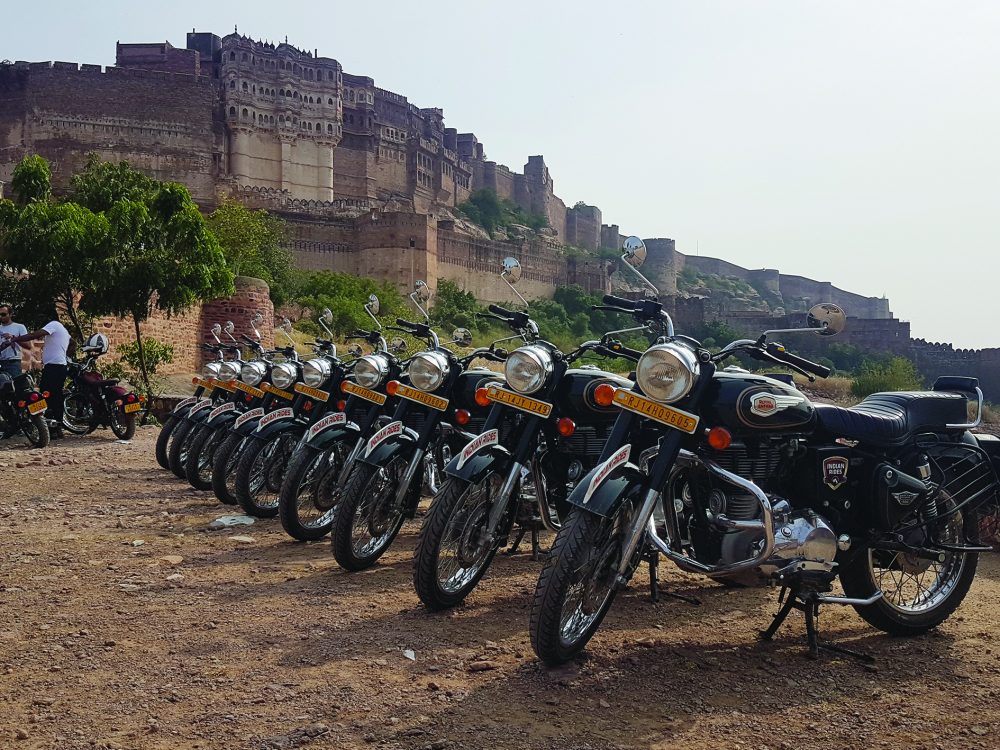
The Bullets in front of Mehrangarh Fort
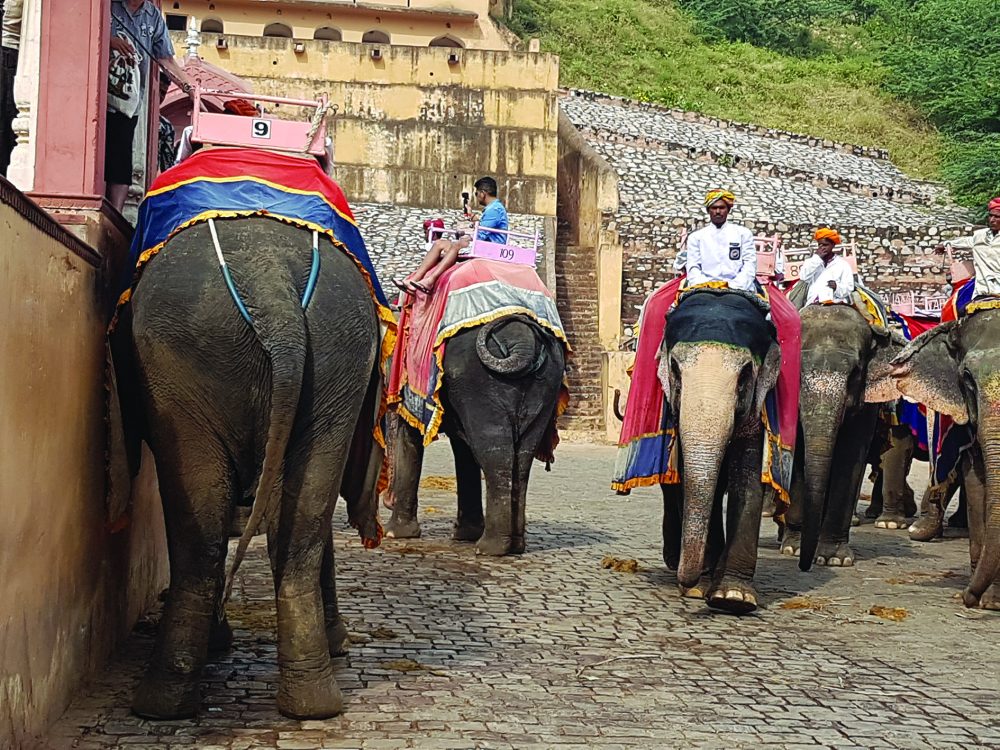
Elephants at the Amber Fort
We arrived in Jaipur on the day they celebrate Diwali and were all invited to join Narendra and his family at their home for this famous festival. We were even given traditional Indian clothes so that we truly felt like part of the celebrations. The party was held on the roof terrace of their house, which had a good view across Jaipur where the sky was lit up by fireworks continuously from dusk right through to dawn the next day.
The morning after involved yet another form of transport: elephants at the Amber Fort. Then later that day we may possibly have broken a world record with 8 of us, plus the driver, travelling in a 4-seater Tuk Tuk across Jaipur. Even the locals seemed surprised to see that!
The next day we said our farewells to the group as they headed off to Agra to see the Taj Mahal whilst we travelled south by car to Ramthanbore National Park. There we took a safari in the Tiger Reserve, where one was actually seen and photographed.
Who could visit India without going on the Indian railways? Well we certainly couldn’t so we caught a train to Agra for our final days of sightseeing which included the must-see Wonder of the World, the Taj Mahal.
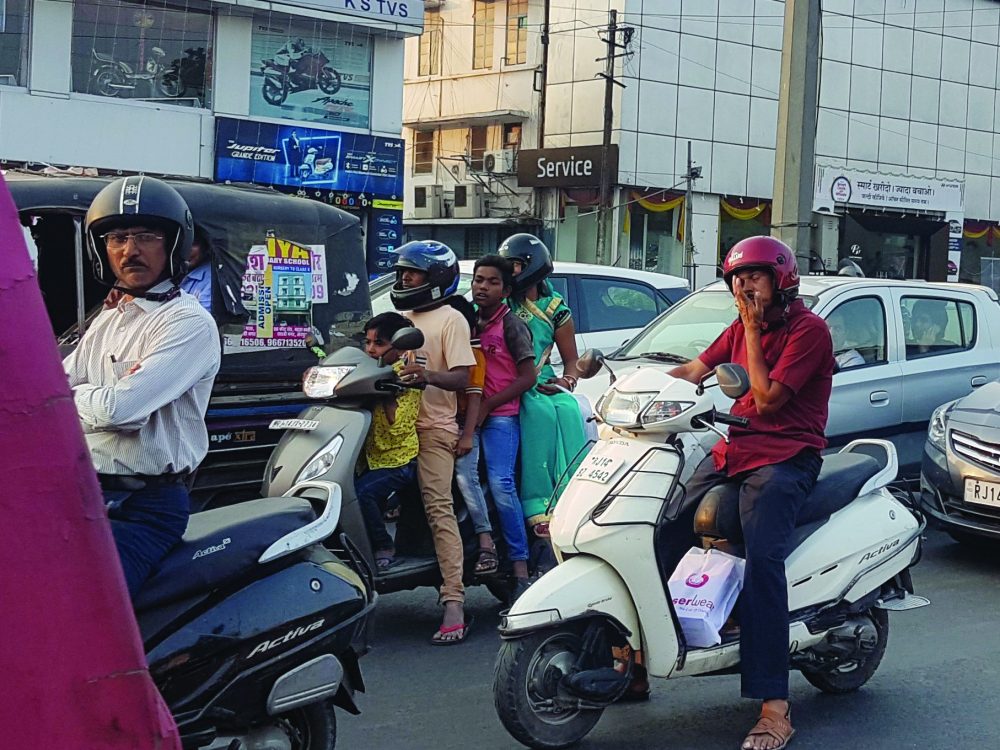
Normal riding India style
The next day we said our farewells to the group as they headed off to Agra to see the Taj Mahal whilst we travelled south by car to Ramthanbore National Park. There we took a safari in the Tiger Reserve, where one was actually seen and photographed.
Who could visit India without going on the Indian railways? Well we certainly couldn’t so we caught a train to Agra for our final days of sightseeing which included the must-see Wonder of the World, the Taj Mahal.
After a couple of days in Agra and countless more photos, we finally said our sad farewells to India and arrived back at Heathrow. Two men of mature years were back in England, very tired, with lighter bank balances but with fantastic memories and photos to enjoy for the rest of our lives.
Someone asked me what the three best bits were. Very difficult to answer as there were no bad bits but certainly some of the highlights were:
- The Indian people, so warm, friendly and welcoming
- The Royal Enfield Bullets, they look like museum pieces but took everything in their stride
- Celebrating Diwali with an Indian family at their home in Jaipur
Would we do it again? Yes. Would we recommend it to anyone else? Yes, if you like bikes, just do it.
Would we recommend the tour company? Yes, 100%. They were www.indianrides.com
If you are thinking of doing a similar tour and want more advice, just let us know and we would be pleased to help.
Here are a few tips.
The System applied to riding in India.
I – Information: Too much on offer, best to ignore
P – Position: Anywhere you can find a space, but not restricted by the road
S – Speed: No chance, slow or extra slow
G – Gear: Any you can find in the box, they are all much the same
A – Acceleration: About 0-60 in two days
Acronyms
MAD: They all are and are all around you
TUG: Take, every man for himself
POWDDERSS: If the horn works and the engine starts that’s all you need to check
OUR: It’s all too hectic, just react
IAMSAFE: If you are awake that is all that is needed
Biking gear
Men – always the driver, t-shirt, shorts, flip-flops and sunglasses are essential, plus a mobile phone in left hand and probably being used. A helmet is legally required by the driver but optionally worn and often carried on the arm. No helmet requirement for passengers, normally at least 2 passengers on every bike.
Women – Sari and optional flip flops. They ride side saddle carrying a week’s shopping and up to five children. All bikes are manufactured with a side step and sari guard, as side saddle is legal.
The Right of Way
In India only one thing has the right of way and that is the cow. Everyone has to defer to the cow without exception, even the President.
John Stevenson & Patrick White
First published in Slipstream May 2020
